February 2, 2025 | 11:49 GMT +7
February 2, 2025 | 11:49 GMT +7
Hotline: 0913.378.918
February 2, 2025 | 11:49 GMT +7
Hotline: 0913.378.918
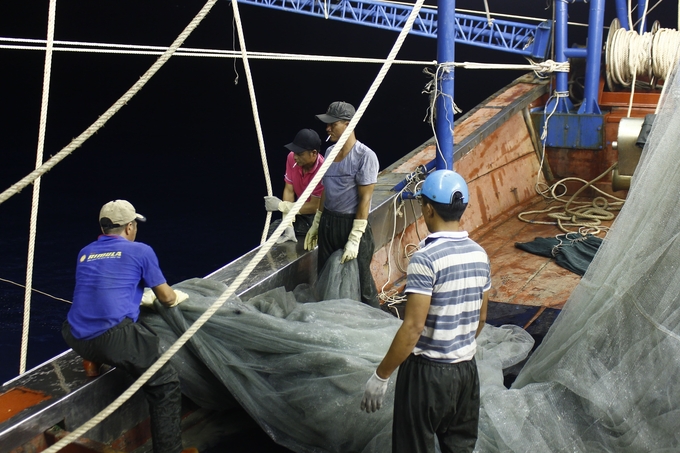
Offshore marine exploitation is developing rapidly in Hai Phong and Quang Ninh. Photo: Dinh Muoi.
Exploiting marine resources through purse seine fishing combined with artificial lighting is one of the predominant fishing occupations in the coastal provinces in the Gulf of Tonkin. The utilization of light to attract aquatic species for enhanced harvesting efficiency has been empirically validated. However, the excessive use of light poses various potential risks.
The fishing industry in the Gulf of Tonkin is relatively diverse, encompassing methods such as trawl nets, gillnets, seine nets, capture nets, traps, and angling. Purse seine fishing, although a relatively recent introduction, constitutes a substantial portion of the overall offshore fishing fleet.
When first introduced, the purse seine fishing technique primarily focused on squid as the primary catch. However, fishermen expanded the use of this method to target other fish species such as anchovies, spots, croakers, birds, and mackerel.
According to Mr. Vu Van Cu, the Head of Nam Trieu Sea Fishing Group in Lap Le Commune, Thuy Nguyen District, the practice of exploiting seafood using purse seine nets combined with artificial lighting has been present in Vietnam since the 1950s. It was imported from countries with developed fishing industries, including the Soviet Union (now Russia), China, North Korea, etc. Various light sources, such as incandescent lamps and electric lights, are employed, and the targeted catch includes floating fish species like anchovies, shrimps, mullets, pomfrets, and squid.
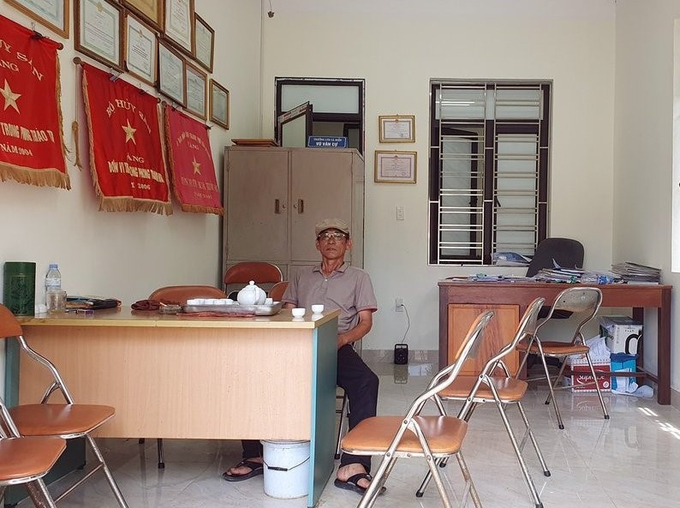
Mr. Vu Van Cu, the Head of Nam Trieu Sea Fishing Group in Lap Le Commune. Photo: Dinh Muoi.
Occupations involving the use of artificial lighting for seafood exploitation include seine fishing, trawl net fishing, squid-catching, and light fishing. The practice of squid fishing in Vietnam was introduced from Thailand and China in the early 1990s but has seen its most significant development since 1995, primarily using squid-catching nets.
This occupation is prevalent along the coastline from Quang Ninh to Ba Ria - Vung Tau, with the most developed squid-catching fleets located in Hai Phong, Quang Ninh, and coastal provinces along the Gulf of Tonkin.
Due to spontaneous development and independent learning by fishermen, the efficiency of offshore seafood harvesting using these methods was limited. However, fishing trips were profitable thanks to an abundance of aquatic resources. In recent years, the practice of squid fishing has encountered numerous challenges, high costs, and a dwindling seafood supply, leading to an increasing number of unprofitable fishing trips.
Surveys have demonstrated that this issue is common in various coastal regions outside of Hai Phong City and among all fishermen engaged in offshore squid-catching. The development of squid-catching in Vietnam has been spontaneous, lacking control in lighting techniques, and limited in terms of scientific methods. There is also intense competition in the acquisition of lighting equipment.
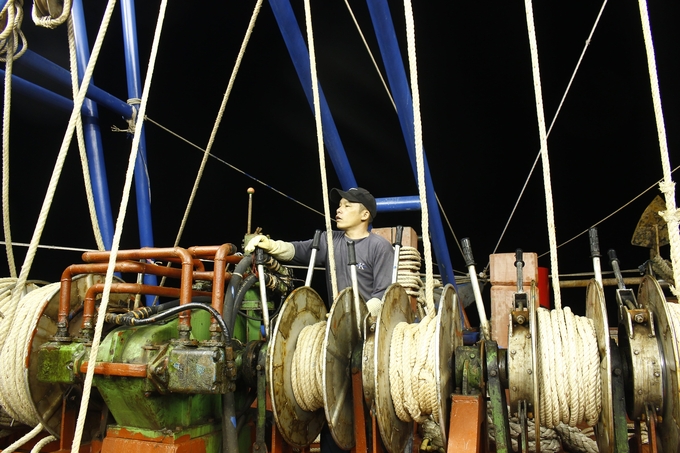
The mechanization of fishing operations has made the work of fishermen more efficient and less labor-intensive. Photo: Dinh Muoi.
Fishermen have failed to determine the optimal lighting capacity to increase harvesting efficiency. The majority of these tend to increase the lighting capacity in order to attract a larger concentration of aquatic species. However, increasing the lighting capacity does not necessarily expand the illuminated area and can even reduce production efficiency due to increased fuel costs, negatively impacting certain aquatic species.
In response to this situation, various research initiatives have been conducted under the Research Institute for Marine Fisheries including "Development of Mechanized Models for Purse Seine Fishing Fleets in Offshore Exploitation" by Mr. Phan Dang Liem from 2016 to 2018, and "Development of a Hydraulic Winch System for Offshore Purse Seine Fishing Vessels in Nghe An Province" by Mr. Do Van Thanh from 2019 to 2020. Subsequently, these initiatives have become a necessity for coastal fishermen. Research projects on seafood harvesting technology using purse seine fishing methods have brought tangible benefits to fishermen.
According to Mr. Phan Dang Liem, the test results show that the total time for the process of deploying and retrieving the net using the improved hydraulic winch system is shorter compared to the frictional mechanical winch, by approximately 122 seconds per net deployment. This allows the vessel to increase the number of attempts by 29 to 33 per fishing trip, thereby increasing the catch volume and improving economic efficiency.
Furthermore, the application of these solutions has extended the lifespan of the net system by an additional six to seven months and saved approximately two million VND per month in net depreciation costs compared to the conventional method. Test results also indicate that vessels achieved a higher catch volume and productivity, with an increase of approximately 1.3 tons per fishing trip and 68 kilograms per day compared to the control vessel.
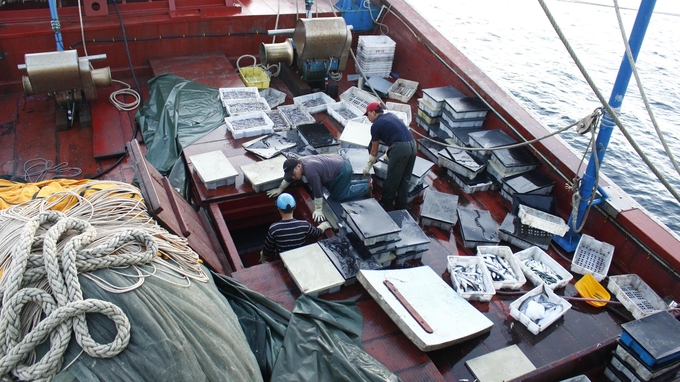
Marine exploitation efficiency was given a boost thanks to rapid mechanization. Photo: Dinh Muoi.
"In terms of labor efficiency, we can reduce four to five laborers on the vessel compared to those using frictional mechanical winches. On the other hand, vessels equipped with the hydraulic winch system can only reduce two to three laborers. The labor productivity calculated based on catch volume for the test vessel averaged 4.6 tons per person per trip, which is 1.6 tons higher than the vessel using frictional mechanical winches. Moreover, labor productivity calculated based on the profit per fishing trip for the test vessel is at least 2.2 times higher than that of the control vessel", shared Mr. Phan Dang Liem.
According to research findings, the mechanization solutions developed by the Research Institute for Marine Fisheries for purse seine fishing have a high practical applicability. The solution proposed by scientists has initially been applied to twenty-two vessels participating in the model, and they have been extended to hundreds of ships nationwide.
These solutions have effectively reduced the need for laborers by four to five per vessel. However, it's important to note that there is currently a severe shortage of crew members on these fishing vessels, and many of them are forced to stay ashore due to a lack of labor. Therefore, these solutions play a significant role in addressing the labor shortage for vessel owners.
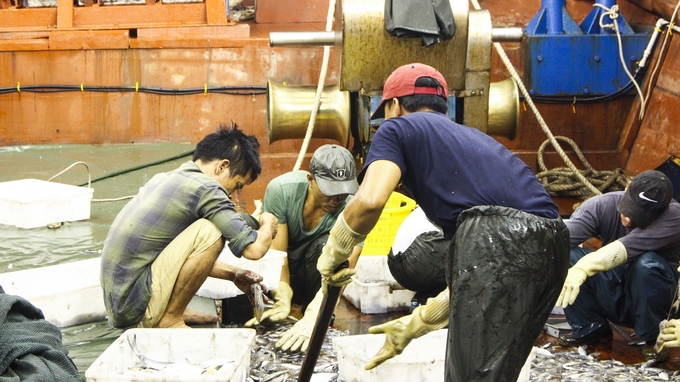
The number of laborers has been reduced thanks to the mechanization of offshore seafood exploitation. Photo: Dinh Muoi.
Fisherman Nguyen Van Hieu, owner of the wood-hulled vessel HP-90775TS, shared that purse seine fishing previously required manual pulling, which necessitated a labor force of at least twelve individuals to operate effectively. However, thanks to mechanization, a crew of only nine to ten members is needed with the assistance of machines. With simplified procedures, they can continuously catch from ten to twelve spots per night. Each fishing trip yields an average of 15 to 20 tons of squid, with outstanding trips reaching up to 40 to 50 tons.
"Labor requirements during the net deploying and retrieving processes are significantly reduced with the hydraulic winch system. This facilitates the rapid regeneration of the fishermen's physical strength, allowing for the deployment of additional nets and an increase of 29 to 33 attempts per fishing trip. Furthermore, this technology enhances labor safety. The use of the hydraulic winch system eliminates the need for fishermen to manually handle the netting gear, significantly improving safety for crew members and vessels compared to older models", Mr. Hieu stated.
There are approximately 2,776 vessels currently engaged in purse seine fishing for seafood harvesting nationwide, with 2,264 of them operating offshore. The use of frictional mechanical winches requires a substantial labor force of twelve to thirteen people. Most notably, certain vessels require up to fifteen crew members. This method carries many risks and hazards for fishermen, especially those related to incidents during the netting gear retrieval process.
The successful implementation of the hydraulic winch system has reduced the labor force on board by four to five crew members, a significant improvement considering the current scarcity of labor in purse seine fishing and the fishing industry as a whole. Moreover, it has progressively mechanized and modernized the seafood harvesting fleet, ensuring labor safety during offshore operations.
In terms of economic effectiveness, the average revenue per fishing trip for the test vessel ranges from 43.7 to 50.2 million VND, which is approximately 10.5 million BND higher than that of the control vessel. While the cost variation between the two vessels is marginal, the labor cost is notably different. Due to the test vessel's reduction in labor force by four to five crew members, its net profit per fishing trip is approximately 42.5 million VND higher per month compared to the regular vessel.
Translated by Nguyen Hai Long
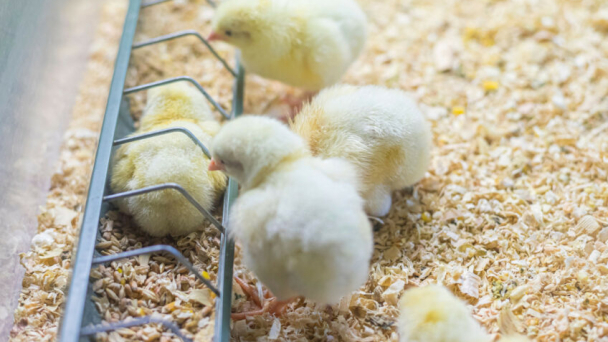
(VAN) Smart farming, including applications of artificial intelligence (AI), has the potential to improve farm animal welfare in many ways, but practically achieving this depends on a number of external factors.
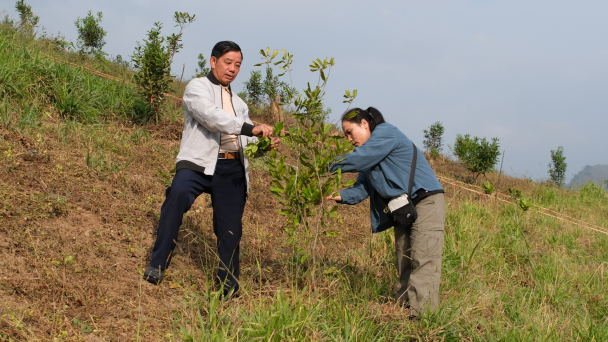
(VAN) With 75% of its cultivated land on steep terrain, macadamia farming in Tuan Giao district faces significant risks of soil erosion, underscoring the need for sustainable agricultural solutions.
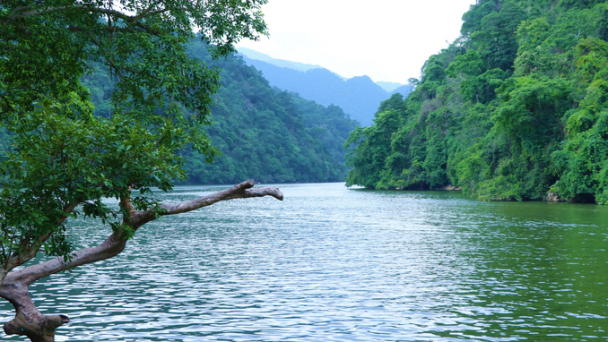
(VAN) Bac Kan province is set to mobilize over 1 trillion VND to implement the Ba Be National Park Eco-Tourism, Resort, and Entertainment Development Scheme.
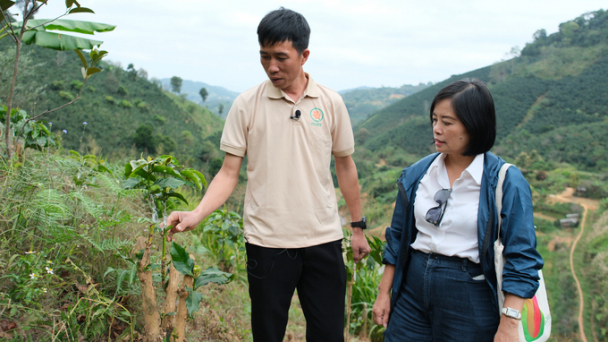
(VAN) Agroforestry models and grafting techniques are breathing new life into the Arabica coffee gardens of the Thai ethnic community in Mai Son district, Son La province.
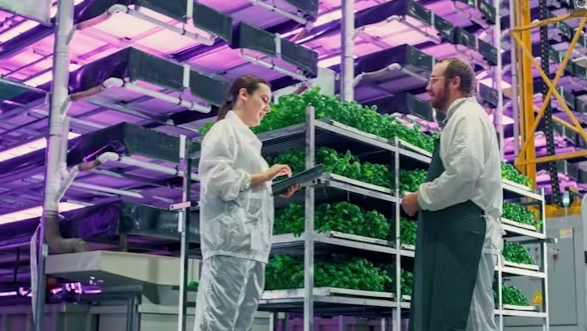
(VAN) Plant factories are failing, with multiple companies closing or going bankrupt in recent months. This includes the largest vertical farm on the planet, in Compton, Los Angeles.

(VAN) The announcement comes as a protection zone was set up following an outbreak of highly pathogenic avian influenza (H5N1) in the Kirriemuir area of Angus, Scotland.
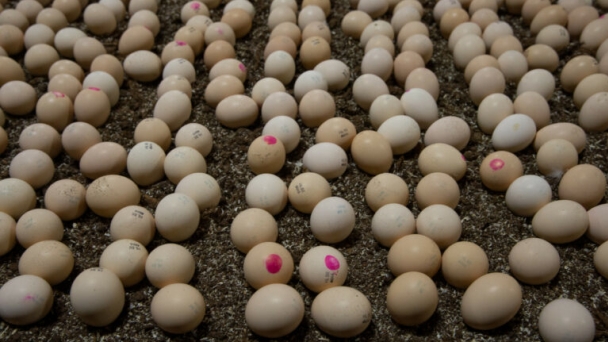
(VAN) Research has shown that hatching on-farm enhanced mucosal morphology and modulated immunity, indicating improved intestinal health when compared to hatching in conventional hatcheries.